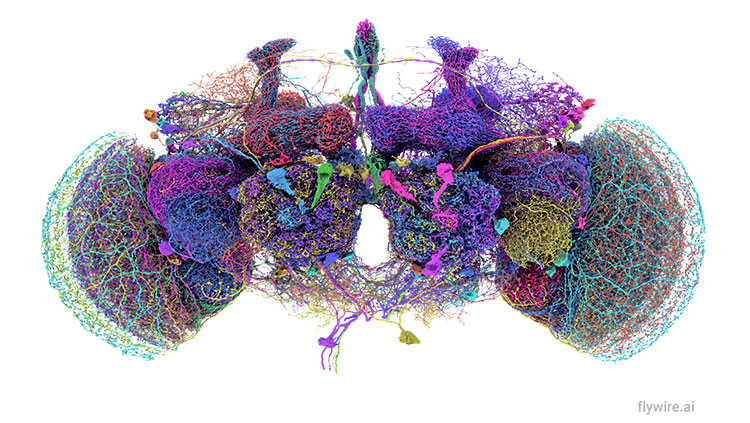Animal Research in the European Union
- Published5 Jun 2013
- Reviewed5 Jun 2013
- Source Federation of European Neurosciences
A new Directive in Europe aims to raise the standard of care for animals used in scientific research across countries.
There are currently wide variations across the different European Member States in the legislative controls over animal research. However, a new set of regulations within the European Union regarding the use of animals in research was signed into law on Sept. 22, 2010 and went into effect on Jan 1, 2013.
The new Directive should mean that those differences will eventually disappear. The goal of these regulations — known as European Directive 2010/63/EU — is to ensure a uniform standard of care for animals used for scientific purposes across Europe.
Purposes of research
One example applies to the regulation of research involving monkeys (non-human primates) in the European Union. In Europe, most of this research is conducted using purpose-bred macaque (Old World) or marmoset (New World) monkeys.
The new European Directive on animal research backs both basic and applied research in monkeys, when there is a clear rationale for the use of primates rather than other species. This is critical, because research in nonhuman primates has provided ‘basic’ research that has contributed greatly to our understanding of the human brain. For example, much of what is known about the structure and function of the human brain has been derived from basic research in monkeys.
‘Applied’ research (clinical and translational research) into therapies for complex mental health problems (such as depression and schizophrenia) and neurodegenerative brain disorders (such as Parkinson’s disease and Alzheimer’s disease) also requires animal models, including monkeys. This is because these disorders affect highly evolved behaviours and advanced brain systems that are simply not present in non-primates. Both basic and applied research is needed to discover how we can understand and treat these disorders, so it is important, for both science and medicine, that the EU endorses both types of research.
Regulated, humane use of animals
An important guiding principle in the Directive is the incorporation of the ‘3Rs’: Reduction (of the number of animals used), Refinement (of research methods) and Replacement (where possible, replace animals with alternative methods). This approach ensures the most appropriate use of all experimental animals, and that animals are maintained such that they are healthy and well-adapted for research. For example, the new Directive includes details of the accommodation required to house experimental animals and the care they must receive in research institutions. It also specifies new regulations for the training and competency of all those involved in conducting animal research.
Scientists in member nations are required to obtain proper authorization by a competent authority before performing a project involving animals: a project licence is now required in all Member States. The Directive also requires that a retrospective report of some projects when they are finished (for example those with a higher severity limit or those involving monkeys). For the first time in the European Union, the actual extent of any ‘pain, suffering, distress or lasting harm’ that occurred during the project will be documented. This represents a big change, because previously the ‘level of severity’ (Mild, Moderate or Severe) for each project was set on a prospective basis (i.e. what might happen). The new approach will report what actually did happen.
The new retrospective assessment will include any improvements or refinements introduced into the project as it evolved. Supporting this, the UK National Centre for the 3Rs has been encouraging scientists and institutions to further develop new techniques and approaches that can add Refinement: improved welfare and better science. Some labs are taking the lead, showing online all the details of their research procedures.
All these developments should open up a positive new era for European medical research involving animals.
CONTENT PROVIDED BY
Federation of European Neurosciences
Also In Supporting Research
Trending
Popular articles on BrainFacts.org

















